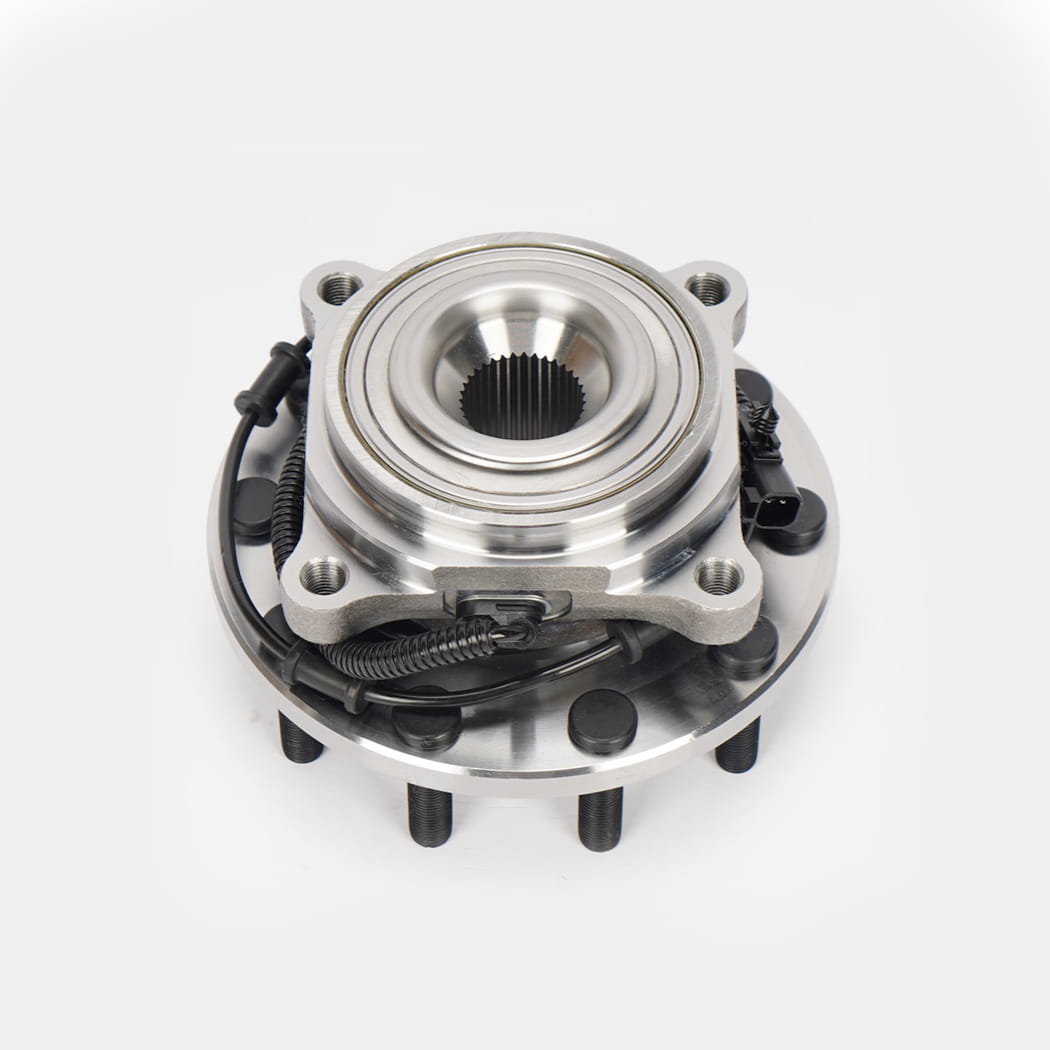The functionality of vehicle wheel bearings is foundational to modern automotive engineering, providing the essential interface that permits a wheel to spin freely and efficiently on its axle. While their purpose remains constant, the technology behind these vital components has evolved dramatically, enhancing vehicle performance, safety, and longevity.
The phrase vehicle wheel bearings encompasses several distinct mechanical designs, each optimized for specific applications and vehicle types. Their primary challenge is managing both radial loads (vertical weight and road shocks) and axial loads (forces from cornering and braking).
The sealed nature of modern hub assemblies protects the internal grease from contamination, which is the number one killer of traditional, serviceable bearings.
The function of vehicle wheel bearings is now inextricably linked to the vehicle’s electronic safety architecture.
Modern vehicle wheel bearings often incorporate a key feature: the ABS Tone Ring or Encoder. This ring is magnetized with alternating north and south poles and spins with the wheel. A sensor mounted on the steering knuckle or axle sends this magnetic pulse data to the car’s Engine Control Unit (ECU).
When a bearing fails, internal movement or corrosion can damage this sensitive encoder, leading to erroneous data, triggering warning lights (ABS/TCS), and potentially disabling these crucial safety systems.

While Gen 3 units are robust, their vulnerability often lies in external damage and improper installation. Taking preventative measures can drastically extend the life of vehicle wheel bearings.
The single most critical factor in replacing a sealed bearing is adhering to the manufacturer’s torque specification for the hub nut.
Note: Overtightening can crush the bearing races, causing internal damage and premature failure in a matter of miles. Undertightening can allow the inner race to move, leading to knocking, vibration, and rapid wear. Always use a torque wrench and follow precise factory procedures.
Additionally, using an impact driver to press the new bearing into the knuckle should be avoided. The force can be transmitted through the bearing elements themselves, causing micro-damage to the races. A hydraulic press or specialized bearing press tools that apply force directly to the outer race are necessary for correct installation.
In summary, the advancements in vehicle wheel bearings represent a silent evolution in automotive reliability. Their current integrated design ensures longevity and provides essential data for advanced safety systems, making them critical components that deserve meticulous attention during any maintenance procedure.